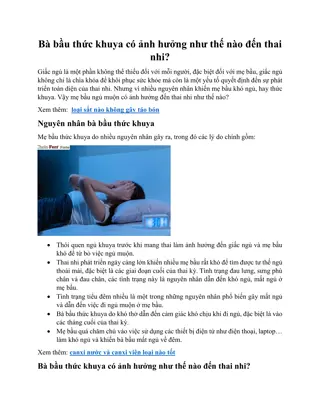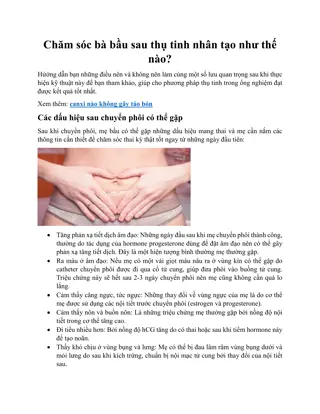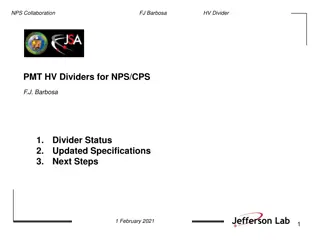The Life and Works of Exishe Charenc Mkrtchyan Hayk
Exishe Charenc Mkrtchyan Hayk, known as Charents, was a prominent Armenian poet who witnessed the devastation of the Armenian population by the Turkish garrison in 1915. Despite the horrors he witnessed, Charents became a fervent supporter of the Bolsheviks. He fought in the Russian Civil War, took part in revolutionary activities, and penned famous poems like "I love the sun-sweet taste of the word Armenia." Charents' work reflected his deep love for his homeland and his experiences during tumultuous times. His contributions to Armenian literature and his dedication to social causes remain influential.
Download Presentation

Please find below an Image/Link to download the presentation.
The content on the website is provided AS IS for your information and personal use only. It may not be sold, licensed, or shared on other websites without obtaining consent from the author.If you encounter any issues during the download, it is possible that the publisher has removed the file from their server.
You are allowed to download the files provided on this website for personal or commercial use, subject to the condition that they are used lawfully. All files are the property of their respective owners.
The content on the website is provided AS IS for your information and personal use only. It may not be sold, licensed, or shared on other websites without obtaining consent from the author.
E N D
Presentation Transcript
EXISHE CHARENC Mkrtchyan Hayk
Sent to Van in 1915, Charents was witness to the destruction that the Turkish garrison had laid upon the Armenian population, leaving indelible memories that would later be read in his poems.[1]He left the front one year later, attending school at the Shanyavski People's University in Moscow. The horrors of the war and genocide had scarred Charents and he became a fervent supporter of the Bolsheviks, seeing them as the one true hope to saving Armenia.
Charents joined the Red Army and fought during the Russian Civil War as a rank and file soldier in Russia (Tsaritsin) and the Caucasus. In 1919, he returned to Armenia and took part in revolutionary activities there.[1]A year later, he began work at the Ministry of Education as the director of the Art Department. Charents would also once again take up arms, this time against his fellow Armenians, as a rebellion took place against Soviet rule in February 1921.[1]One of his most famous poems, I love the sun- sweet taste of the word Armenia, a lyric ode to his homeland, was composed in 1920-1921.[6]Charents returned to Moscow in 1921 to study at the Institute of literature and Arts
founded by Valeri Bryusov. In a manifesto issued in June 1922, known as the Declaration of the Three, signed by Charents, Gevorg Abov, and Azad Veshtuni, the young authors expressed their favour of "proletarian internationalism". In 1921-22 he wrote "Amenapoem" (Everyone's poem), and "Charents-name'", an autobiographical poem. Then, Charents published his satirical novel, Land of Nairi (Yerkir Nairi), which became a great success and repeatedly published in Russian in Moscow during the life of poet. In August 1934 Maxim Gorkypresented him to the Soviet writers' first congress delegates with Here is our Land of Nairi.
The first part of Yerkir Nairi is dedicated to the description of public figures and places of Kars, and to the presentation of Armenian public sphere. According to Charents, his Yerkir Nairi is not visible, "it is an incomprehensible miracle: a horrifying secret, an amazing amazement".[7]In the second part of novel, Kars and its leaders are seen during the WWI, and the third part tells about the fall of Kars and the destruction of the dream.[8]
In 1924-1925 Charents went on a seven-month trip abroad, visiting Turkey, Italy (where he met Avetik Isahakyan), France, and Germany. When Charents returned, he founded a union of writers, November, and worked for the state publishing house from 1928 to 1935. In 1930 Charents's book, "Epic Dawn", which consisted of poems he wrote in 1927-30, was published in Yerevan. It was dedicated to his first wife Arpenik.[9] His last collection of poems, "The Book of The Way", was printed in 1933, but its distribution was delayed by the Soviet government until 1934, when it was reissued with some revisions. In this book the authors lays out the panorama of Armenian history and reviews it part-by-part. William Saroyan met him in 1934 in Moscow and thereafter described him as a courtly, brilliant man who was desperately sad.























